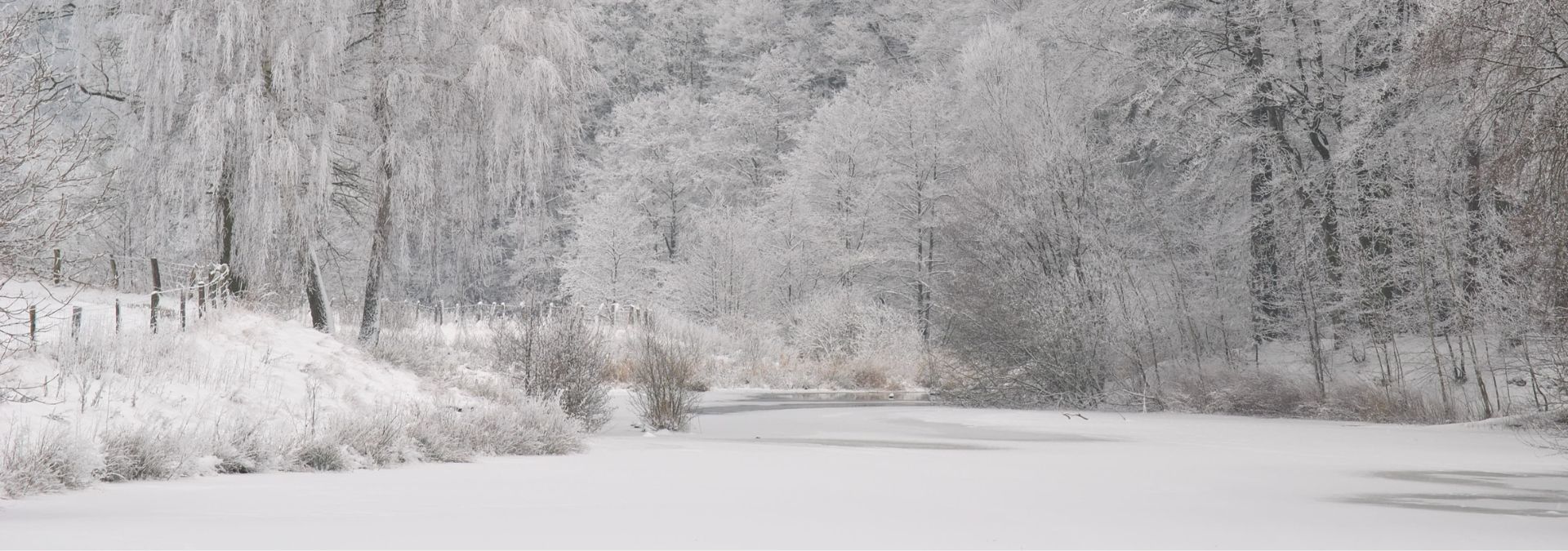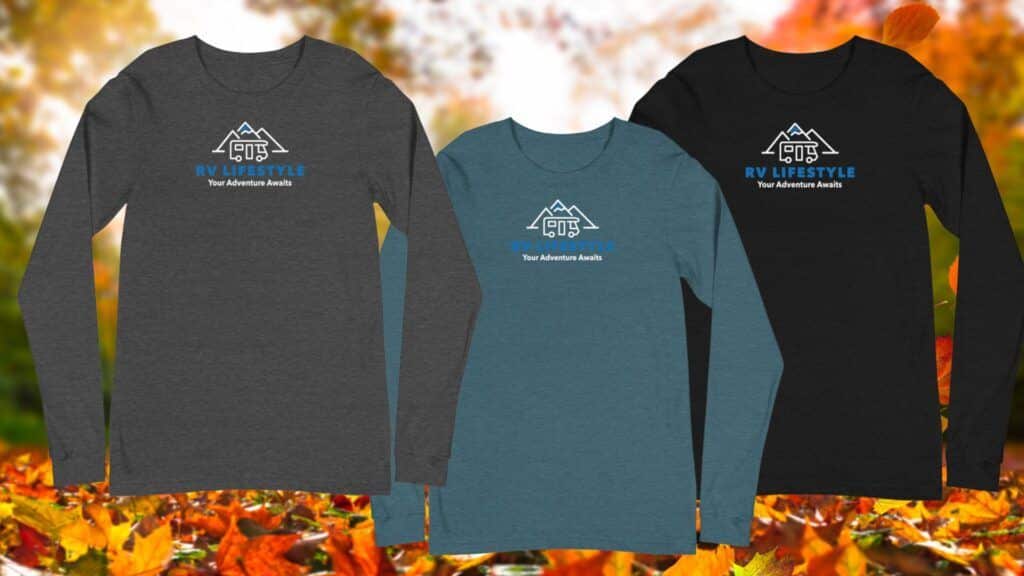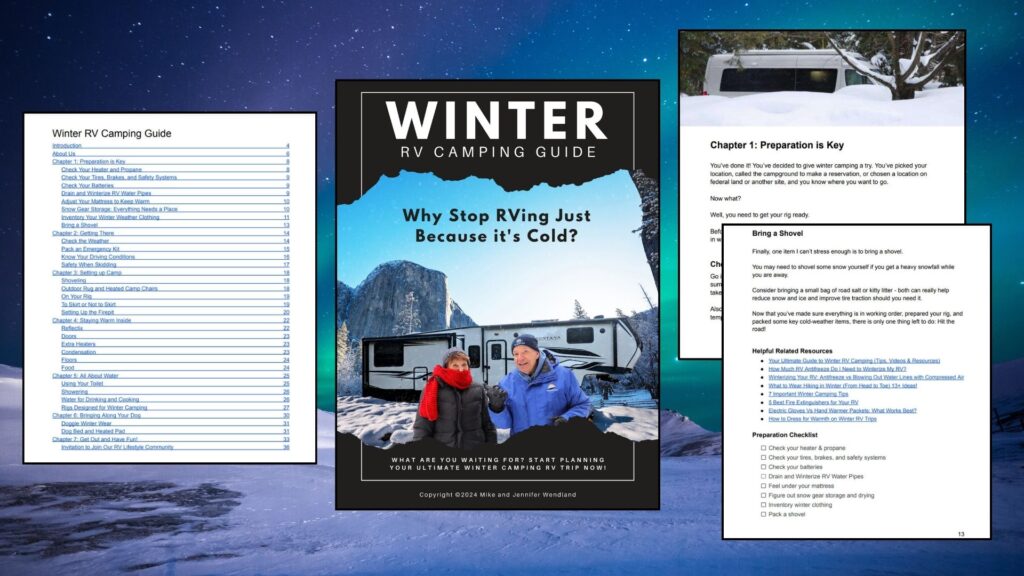10 Tips to Keep Your RV Pipes From Freezing While Camping

Going on a winter camping trip? Here are some easy, affordable ways to keep your RV pipes from freezing while camping…
We love winter camping! Almost every January, we camp on the snow-covered shores of Lake Michigan. It's freezing cold… but so much fun! And if you want to see a little more of our 2023 Winter Campout, make sure you find it below!
We highly recommend it if you've never camped in the snow. It's an entirely different experience and a great way to enjoy typical summer destinations in a whole new way.
However, RV owners must take the necessary precautions to protect their RV from the cold weather. One of the most critical issues to be aware of is the risk of frozen pipes, which can cause serious damage to your RV's plumbing system. And don't forget about your RV holding tanks! In severe cold, these can freeze, too.
In this article, we'll discuss the steps you can take to keep your RV's pipes from freezing while camping in cold weather. And we put all the links on our Winter Amazon List for you to explore.
PLUS we wrote an entire ebook on Winter Camping – that's how much we love it!
If you buy something through our links, we may get a small commission at no extra cost to you. It helps keep our lights on so we can continue to provide helpful resources for RVers. Read our full affiliate disclosure here.
Ultimate RV Winter Camping Tips
We wanted to share this video before we jump into tips specifically for preventing frozen pipes. It's our ultimate RV winter camping tips!
Give it a watch, and then keep reading for more great tips…
How to Keep Your RV Pipes From Freezing While Camping
One trip to the hardware store can get you most of the things on this list. That, or Amazon, of course. Wherever you get the materials, these tips should help protect your motorhome or travel trailer through the winter months. That way, you can enjoy your winter camping trip to the fullest.
1. Insulate Your RV Pipes
Properly insulating your RV pipes is the first step in preventing them from freezing. Insulation materials such as pipe sleeves or foam insulation can add an extra layer of protection. Or, try pipe insulation tape. These materials can be cut to fit any size pipe and can be applied to the exterior of the pipes.
Be sure to pay attention to all the pipes, including those under the sinks and in the bathroom and kitchen.
2. Consider Using Heat Tape
Another effective way to prevent your RV pipes from freezing is to use heat tape or heat cable. Heat tape is an electrical heating element that can be wrapped around pipes and plugged in to provide heat.
Make sure to choose a heat tape specifically designed for use on RV pipes, and follow the manufacturer's instructions for installation and use.
3. Skirt Your RV
Skirting your RV is another way to protect your pipes from freezing because it increases the ambient heat beneath your RV. Skirting is a material that surrounds the bottom or underbelly of your RV to block cold winds. you
This can be a DIY project with various materials, such as insulated foam, vinyl, or heavy-duty plastic. Or you can purchase pre-made skirting kits…
EZSnap Skirting and Fabricover skirting are very popular in the RVing community. And you can see our experience with Air Skirts below:
4. Insulate Your RV Storage Bays
Your RV storage bays are also vulnerable to freezing temperatures. To protect the pipes in these areas, be sure to insulate them as well.
This can be done with foam insulation, foam boards, fiberglass insulation, etc.

5. Heat Your RV Storage Bays
In addition to insulating the storage bays, you can also heat them to keep the pipes from freezing. Electric heating pads can be placed on the bottom of the storage bay and plugged in to provide heat.
Or, you can use a portable heater, like a propane or electric space heater. Just keep in mind that these portable heaters can be dangerous if not used properly. So carefully read their manuals and check them often when in use.
6. Open Your Cabinet Doors
One simple way to keep the pipes in your RV from freezing is to open the cabinet doors under the sinks. This allows warm air to circulate around the pipes and keeps them from freezing.
7. Strategically Place Electric Heaters
Another way to keep the pipes in your RV from freezing is to strategically place electric heaters around the RV. This can be done by placing a small electric heater under the sink or in the bathroom to keep the pipes warm.
8. Use Your Tanks Instead of Hookups
If possible, use your freshwater tank instead of using a freshwater hookup. Your fresh water tank is insulated and protected from cold temperatures (or at least it should be– keep reading). Your water hose, on the other hand, has a higher risk of freezing.
If you need to use fresh water hookups, look into buying a heated water hose. This heated hose connects to your water source and RV just like other drinking hoses. It's easy to use and is one of the best ways to keep fresh water flowing to your RV.
On that same note, do not keep your sewer hose open or connected while camping. You shouldn't leave your gray water tank and black water tank valves open while camping (common newbie RV mistakes), but it's especially bad to do it in the cold. You certainly don't want THAT liquid freezing in your sewer hose (AKA stinky slinky).

9. Choose a Sunny Campsite
When choosing a campsite, look for one that's in a sunny location. This will help to keep your RV warm and can also help to prevent your pipes from freezing. It's a simple tip, yet very effective.
If you don't think it will make a big enough difference, think about when you're driving up the mountains. You'll start seeing snow patches beneath trees much sooner than on open ground. So, try to park in a campsite where you'll have as much direct sunlight as possible.
10. Install RV Holding Tank Heaters
Finally, consider installing RV holding tank heaters. These heaters are specially designed to keep the water in your holding tanks from freezing and can be a lifesaver in extremely cold temperatures.
BONUS TIP: Keep a heat gun or compact hair dryer on hand just in case you end up with a frozen pipe. You can defrost it, and add pipe insulation or one of the other above tips to prevent it from happening again.
Know the Signs of Frozen Pipes
Even if you take all the necessary precautions, there's still a risk that your pipes may freeze. It's important to know the signs of frozen pipes, so you can take action before they burst. Some common signs of frozen pipes include a lack of water flow, strange noises coming from the pipes, and frost on the pipes.
If you suspect that your pipes have frozen, you should first turn off the water supply to your RV. Then, open the faucets and turn on the hot water to allow any remaining water to flow through the pipes.
If the pipes are still frozen, you may need to use a hair dryer or heat lamp to thaw them. Never use an open flame, such as a propane torch, to thaw pipes.
Here's our latest Winter Camping video!
In the comments below, tell us about your experience with winter camping and frozen pipes.
We Are Huge Fans of Winter Camping!

Now we say that knowing many people are not. Indeed, you need to actually enjoy snow and cold. But we know there are thousands of RVers out there who just need a little coaxing and some tips to get out there and have fun in their RVs year-round.
So that’s why we wrote The Winter RV Camping Guide.
In this 36-page ebook – (NOT a Print book) we’ll walk you through what you need to do before you leave home to get your rig winter-ready, and we’ll cover what to do when setting up camp.

Can you use your toilet once you have winterized your rv with antifreeze?